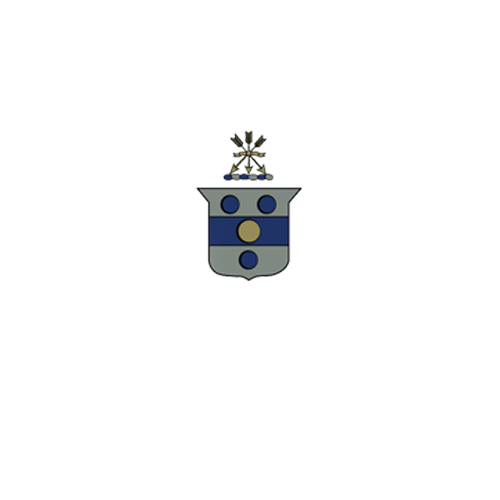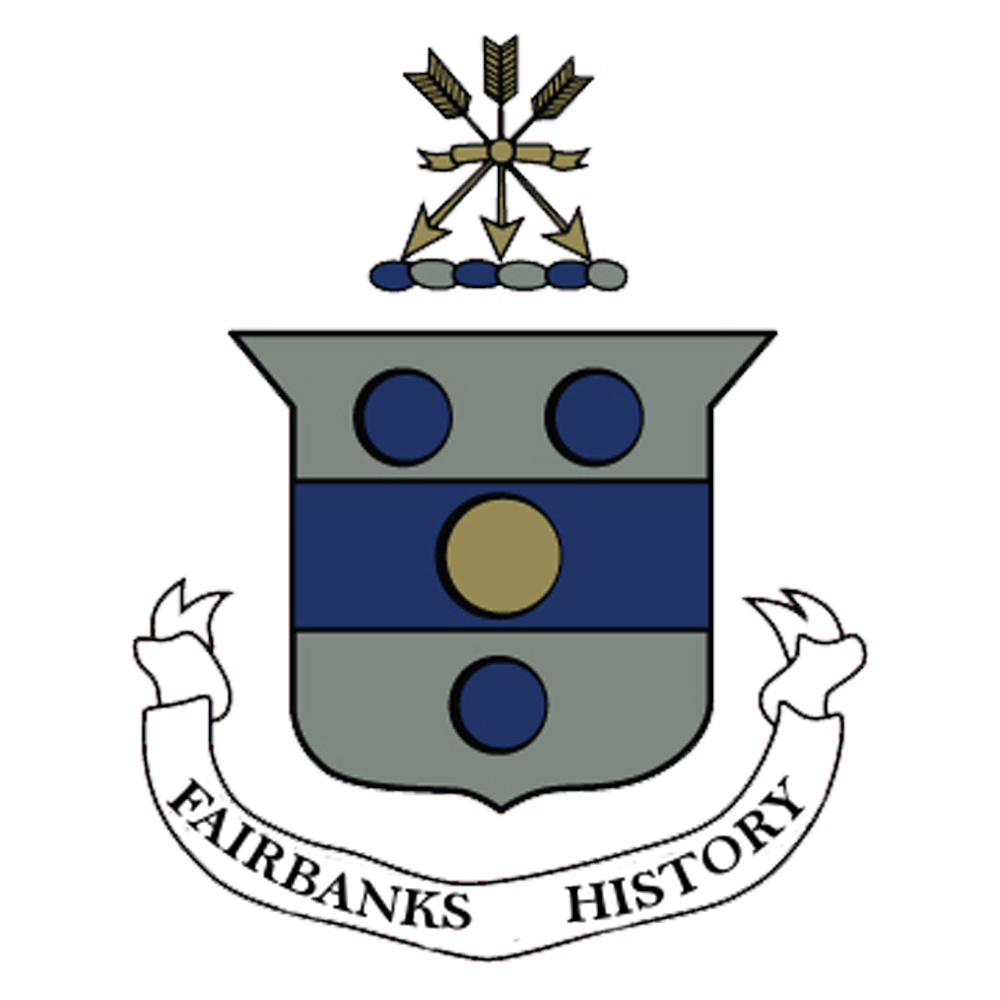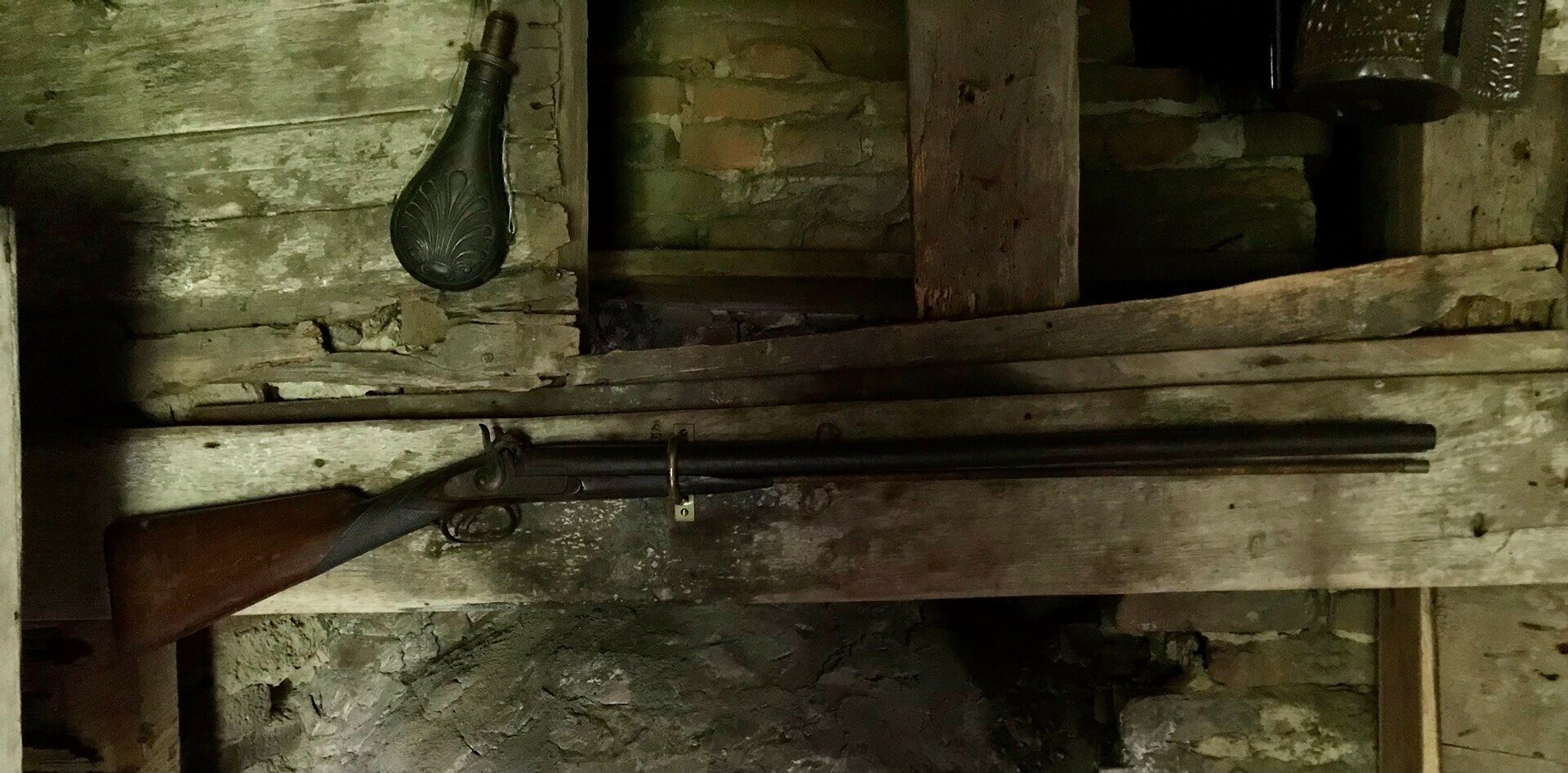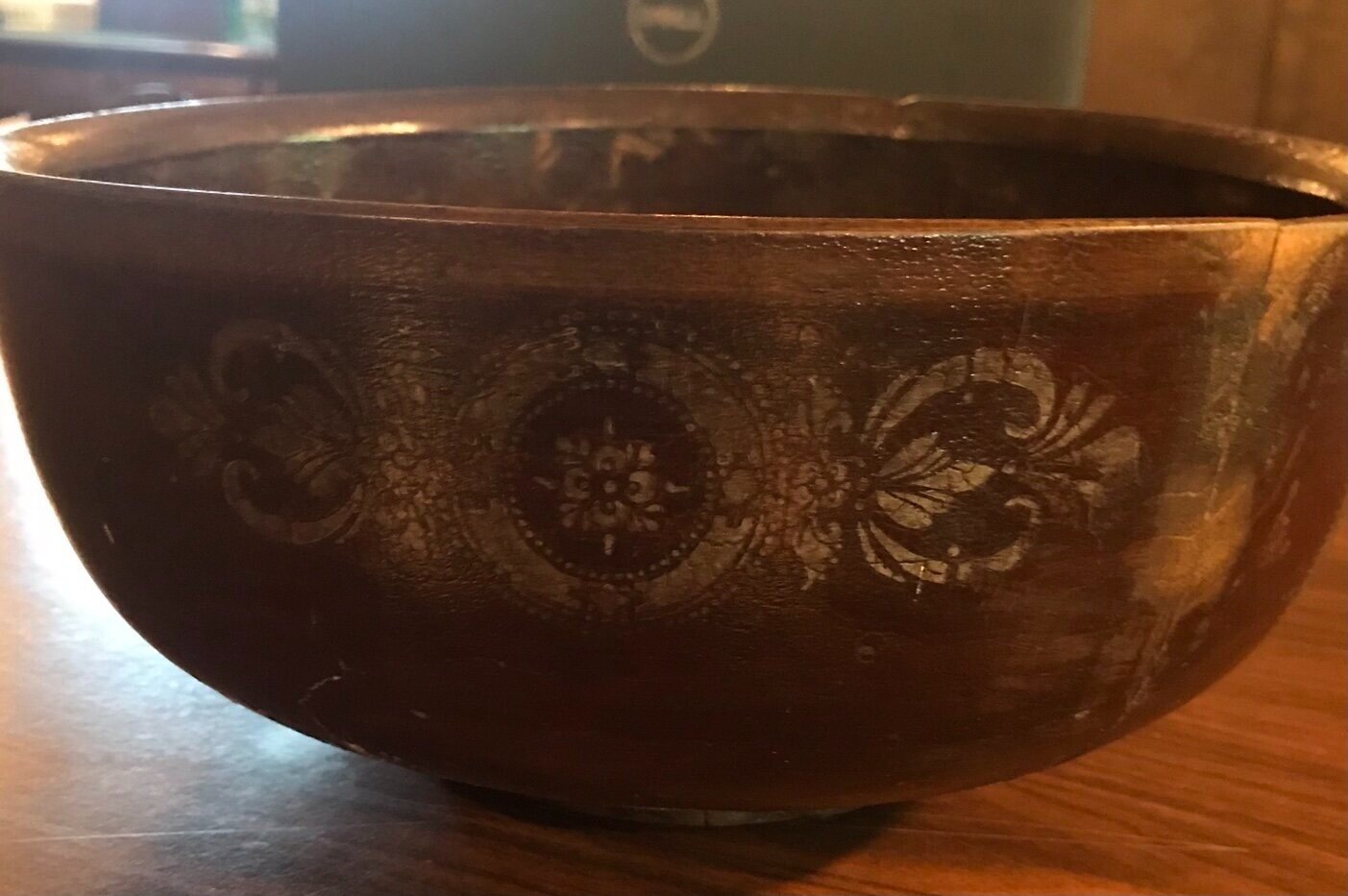Inventory of Jonathan Fairbanks of Dedham 1668, Part I
Fairbanks Inventory 1668
Jonathan was dead, buried, and his will was presented. There was one more thing that needed to be done before Jonathan’s life was put to rest. His inventory was to finalize the distribution of his estate and to assess the taxes owed. . The listing was taken and the document prepared six days after Fairbanks’s death.
One source states inventories were done by trusted friends or neighbor. The men taking the inventory of Jonathan Fairbanks’s estate were Eleazer Lusher, Daniel Fisher, and Peter Woodward. They were all early settlers in Dedham and likely Jonathan’s friends. Indeed he asked Eleazer Lusher and Peter Woodward Senior to oversee and assist his son, John, as the executor of his will. Daniel Fisher attested Jonathan’s will along with William Avery, who came to Dedham about 1640 and lived very close to Jonathan’s home.
All the individuals were important men in the town. Eleazer Lusher was particularly esteemed for his contributions to the town. They were frequently voted selectmen to order the town’s affairs. The year of Jonathan’s death, 1668, Eleazer Lusher, Daniel Fisher and William Avery were the selectmen of Dedham.
According to the previous curator of The Fairbanks House, Daniel Neff, some items may have been removed or given away prior to the inventory to decrease the taxes on the estate. Candles were very expensive and there were no candles on the inventory.
In Jonathan Fairbanks’s will, we find that George and Jonathan Jr. were given land and items prior to their father’s death. These were most certainly given to the sons many years before Jonathan’s illness or death. John would receive all the remaining buildings and land not given to George and Jonathan Jr. shortly after his father’s death. Jonas was the only son not given land, perhaps because he was married to Lydia Prescott, John Prescott’s daughter and living in Lancaster, Massachusetts. However, he was given, in currency, equal value to the total given to each, George and Jonathan Jr.
Grace as a Relict
Grace Fairbanks was considered a “relict.” That’s what widows were called. For me, in this era, that word is a little too close to relic.
According to colonial law and tradition of the time, the widow or relict was often given one third of the estate. Grace was given all of the movable estate, any income from debts, a yearly stipend, and use of the buildings and lands. Distribution of the rest of Jonathan’s will, except for John’s portion, the primogeniture, was held until Grace died.
Of the moveable estate, most of it came under a wife’s domain. The areas most described were the house, orchards, yard, and even the animals which were called “cattle” collectively. Grace had rights to these as long as she lived. In the inventory, most of the items were the Grace’s domestic tools. But a wife did not own property unless a contract was made as a prenuptial allowing the wife to keep or acquire property.
Based on the calculations of 240 pence equaling one pound (£) and 20 shillings equaling one pound (£), the total of Jonathan’s estate on his inventory was approximately 326£. The home lot was worth 150 £. That and the other land will be discussed in Part II of this blog.
Good Wives, book by Laurel Thatcher Ulrich
A Sumptuary Law passed in 1651 ordering that anyone worth less than 200£ could not wear clothing of the upper class: great boots, lace, silk hoods, gold or silver, etc. These items demarked a level of value that garnered privileges of an upper class. In Laurel Thatcher Ulrich’s book, Good Wife, she describes a family of 343£ being of the “middling sort” (Ulrich, page 18) and another with an estate of 236£ being of a “modest” value (Ulrich, page 25). Jonathan’s estate would have been considered middling in value bases on these parameters.
Fairbanks House for Inventory
The original house was the typical two over two construction, two rooms on the first floor and two on the second. On the first floor, there was the hall or kitchen and the slightly smaller parlor on opposite sides of the large central fireplace. The two rooms upstairs were the hall chamber and the parlor chamber. The hall chamber, above the kitchen, was used for a work room and cold storage for prepared food, like pies, during winter months. The parlor chamber was the children’s room. Each of these rooms were on either side of the large chimney, but a fireplace only opened into the children’s room
From the inventory, we can learn about how the family lived and the expense or value placed on certain items of their life. One item missing from the inventory was candles. No candles, betty lamps, or rush torches were found on the inventory. According to Daniel Neff, former curator of The Fairbanks House, some items may have been removed from the house before the inventory was taken; so they didn’t add to the taxable value.
The Parlor
The parlor was the pride of the home. This was the master bedroom as well as the room to accept and entertain guests. The bed and its accompaniments were the most valuable pieces in the house. The bed items and Jonathan’s clothes were the only items that valued significantly over £1.
The valued items in the house were the bedstead, the bed cords, which would act like today’s bedsprings, and one mat worth 10s. The curtains that surrounded the bed, which may have been elaborately embroidered, were worth 15s.
To accompany the bed was one blue “rug” or cover for the bed, two blankets, and a pair of sheets worth 3£ 15s. In addition, there was a “flock bed” or mattress filled with pieces of wool “flock” or carded wool. One feather bolster, 2 feather pillows, 2 pillows filled perhaps with Lady’s Bedstraw, a dried plant or other soft substance. All of these equaled 2 pounds. The total for the bed and bed coverings was 6£ 10s.
There was a second bed in the parlor. It was a trundle bed with cords and a matt that could be shoved under the master bed. It was worth 6s, significantly less than the master bed. There was a “bed tick” which resembled a bed sized bag filled with straw or feathers used as a mattress for the trundle bed. An extra cover or what we would call a “bed spread,” a blanket, and two feather pillows completed its additions, which were valued at only 1£ 5s. A bed warmer was included in the small things and not with the bedding itself.
The second most valued items in the room were the clothes of the Jonathan Fairbanks. Although Jonathan gave his daughter, Mary, and his granddaughter, Sarah, suits of clothes in his will, he did not bequest his own clothes. This was often done in the wills of that time.
Jonathan’s wearing woolen apparel were listed with one hat, boots, and shoes. Worth 5£ 7s, comparably, worth more than the bed and its furnishings. Fairbanks’s “wearing linnen” such as shirts and shifts, were worth only 1 shilling. Bodies were not dressed for burial, because clothes were so expensive, however, Fairbanks was probably clothed in a shift before being bound in a canvas shroud.
Furniture in the parlor included one livery cupboard worth 1£ 5s. A livery cupboard was a free standing cupboard. It was initially used to hold food and drink. It could have been used for this in the Fairbanks house, but perhaps it held some of the other smaller items that were inventoried as part of the parlor. Part of the livery cupboard is believed to still be applied to a wall in the lean-to part of the Fairbanks House. It has been white washed and a faint orange pattern can be seen on it.
A sea chest was listed in the parlor. This might have been the chest they used to bring their belongings to New England. Sea chest lids were often curved or sloped so they could be opened in the tight spaces on the ship. However in the mid-17th century, the Fairbanks commissioned John Houghton, a Dedham resident and apprentice to John Thurston, to join and carve a chest for them. That original chest or its replica can be seen at the Fairbanks House or the Dedham Historical Society and Museum. Along with the chest, there were also two chairs in the parlor, ladder back chairs were popular at that time.
Some of the smaller items can tell even more about the family. There were fifteen books in the parlor. That was a lot of books for a middling family at that time. There were also two pairs of glasses with a case. These were likely round pieces of polished glass with ear pieces.
Long Gun and powder horn found at The Fairbanks House
Long gun and rest as seen at Saugus Iron Works NPS Manager’s house.
Other items which would be dear to Jonathan, but possibly not used by Grace, were his tools for defense and hunting. There was a sword with a long blade and handle or hilt designed to stab or hew or slice, a cutlass or short sword with a curved blade, two guns, possibly pistols, one musket, and one rest. The guns were heavy long guns and required a rest or prop of some type for any accuracy. There was a steel that was used to hone the blade of his sword and probably any other knife in the house. There was a half pike or thrusting spear, shorter than the regular pike, a grain staff which may have been a staff with a forked head much like the rest for the musket and another staff. There were some old skins and two baskets with small things in them and a pair of bandoliers which were shoulder-belts with loops or pockets to hold the ammunition for the guns.
1650 sundial found at The Fairbanks House and/or Dedham Historical Society and Museum
Small items that might have been found in the cupboard or chest included a purse with 9s 8p worth of money in it. One brass salt which was a saucer, dish or shallow bowl for eating, three old pewter bottles, one little old box with small things in it, and one reel or kind of spool that turns on an axis on which yarn or threads are wound. Jonathan and Grace may have both used the tobacco knife and trencher found in that room.
There was one brass dial found in the parlor. This, perhaps, was the brass sundial, made in 1650 in England, that the Fairbanks put on their well to tell the time of day. The brass sundial is still available to see either at the Fairbanks House or the Dedham Historical Society and Museum.
Also in the parlor was a drying iron to smooth clothes, heated in its holder in the fireplace before using it to smooth shirts, aprons and caps. There was a door lock, one parcel of wire, one brush, one brass bottle, and several earthen pots
The Hall
The largest and busiest room in the Fairbanks House was the hall or kitchen. This was Grace’s domain with the help of her daughters. In the hall, the fireplace was tall and deep enough to walk into for building multiple fires for different styles of cooking at the same time. The hall wasn’t just used for food, but for many of a woman’s tasks.
The hall fireplace at the Fairbanks House as it is seen today. In Grace Fairbank’s time, it would have been the whole width and much deeper to accommodate at least three different fires for various cooking styles. Oven to the left was built into the fireplace later.
Four spinning wheels were found in the kitchen. They may have been moved in and out depending on the season and the work to be done. There would have been flax wheels for linen and wool wheels. Every girl or woman in the house would have at least one wheel or more. Remembering that this inventory was taken in the winter, the wheels in the kitchen would provide warmth for spinning and convenience of supervising the cooking and any small children.
As you would expect in the hall, the first things listed were two old tables. One could have been the drop leaf table still gracing the hall. It is believed that Jonathan could have made that table. Perhaps the family started with a trestle table, a board on supports that could be moved out of the way for other kitchen activities, but by the time of Jonathan’s death, it appears they had two tables. For seating, they had one form or long bench without a back and one chair. Perhaps the chairs in the parlor were brought to the table or the chairs in the kitchen taken to the parlor as needed.
These are items in the Fairbanks House as seen in 2019. They depict the items that would have been in the hall at the time of inventory. It is believed that the drop leaf table could have been made by Jonathan per Daniel Neff, former curator.
Many items in the hall were tools of the hearth and cooking. The hearth tools included two hakes, a cobiron (andiron) or irons for supporting a spit, a spit, a fire shovel, tongs, two pails, and one pail without a bail or handle.
Lacquered jug believed to come from England with the Fairbanks family. Found at The Fairbanks House
Mazer bowl believed to come from England with the Fairbanks family. Found at The Fairbanks House
Some of the cooking utensils included one brass skillet, one old skillet, perhaps it was iron, and one frying pan. For eating, there were dishes, six trenchers or wooden shallow dishes or trays, two earthen pots, six wooden platters, one box, two wooden bottles, four pewter dishes, two pieces of old pewter, one painted dish and one galley dish. It is believed that Grace brought a lacquered jug and Mazer bowl from England when they came. These are not mentioned on the inventory, but they remain part of the original belongings found at The Fairbanks House.
There were six alchemy spoons which perhaps were used for mixing possets, infusions, poultice, and/or a conserve for the curing or healing of an injury or sickness. There was also an old pewter wine cup.
The Parlor Chamber
This was the children’s room above the parlor. At first, they may have reached it by ladder, later a narrow winding stairway around the large fireplace took them to the second floor.
By the time of Jonathan’s death, all of the children had left home, including Martha Pidge, who came to the Fairbanks house in 1645 at age four. She married a friend of the family, Benjamin Bullard, in 1659.
However, there remained a bedstead and line, probably the same as the cords, and mat worth 8s in the children’s room. The bedding for this one was worth 2£ 8s. The bed itself wasn’t worth near that of the trundle in the parlor, but the bedding was worth about twice as much as that for the trundle, even before adding the 9 sheets and 2 “pillowbeers” or cases.
Also in the parlor chamber, there were multiple pieces of cloth: one piece of new cotton cloth, twelve pieces of linen, two old sheets, three pieces of old linen, and fifteen yards of new linen. There was one piece designated as English cotton. The cloths may have been folded in the chest or box found in the room.
Again, we find tools of hunting and defense. There was a snap sack, a large bag carried across the chest or to the side by a strap over the shoulder. This carried ammunition, gun powder, etc. In fact, there was a powder horn with powder in it along with the snap sack. The room would have been used by traveling friends, like the Prescott family, Jonas and Lydia, or the many grandchildren after the original children had their own homes in Dedham.
The Hall Chamber
The hall chamber was above the kitchen. It did not have a fireplace like the other rooms, but the warmth from the kitchen below and the heat of the bricks would have provided some heat. It is believed that this was a workroom during the winter when crop work lay dormant. Apparently, Jonathan was accustomed to working with wood. This was evident in his workroom. The room was believed to be cool enough to store winter pies and other foods.
The contents of the room lend themselves for use as a workroom, maybe for spinning and woodwork. There were many small tools for turning and other like work and small lumber. They were worth 3£. There was sheep’s wool, cotton wool, linen yarn, and cotton yarn. The three tubs and two keelers (small shallow tubs) could have been used for fulling the wool. There was one sieve, a scales, seven weights, and lead also found there. The only food or grain found in this room was a bag of hops.
The Garret Chamber
Above the hall chamber and parlor chamber, there was a “garret chamber” in the rafters of the roof. That would be an unfinished room. Indian corn and an old form or bench without a back were found in the garret.
Summary
From this part of Jonathan Fairbanks’s inventory, we can learn many things about the man. Among them, we find who he held as responsible friends in the community and that he was certainly in the middling valuation in the Colony. Fairbanks held education and written literature dear and read even after he needed glasses to do so. Perhaps he was not a fighting man. He had no armor, but he had an ample variety of weapons to defend his home and hunt for game if needed.
It appears that Jonathan worked with wood. He was chosen as a wood reeve for the community to help protect the use of the natural resources of Dedham which strengthens this assumption. In part II, we see further evidence that will support this.
Fairbanks, may have been frugal in his modest livery cupboard and bedstead and other furnishings, but he did value time and finer things, as seen by the brass sundial brought from England and the chest made by John Houghton in the mid-1650’s
Perhaps to the end, Jonathan expected to recover from his six months of illness, because he didn’t include his clothing in his will as was often done when one knew the end was near.
What’s Next?
The Inventory of Jonathan Fairbanks of Dedham, Massachusetts 1668: Part II
Inventory of the Lean-to or “New House”
Cellars
Yard
Cattle
Houses & Lands


















